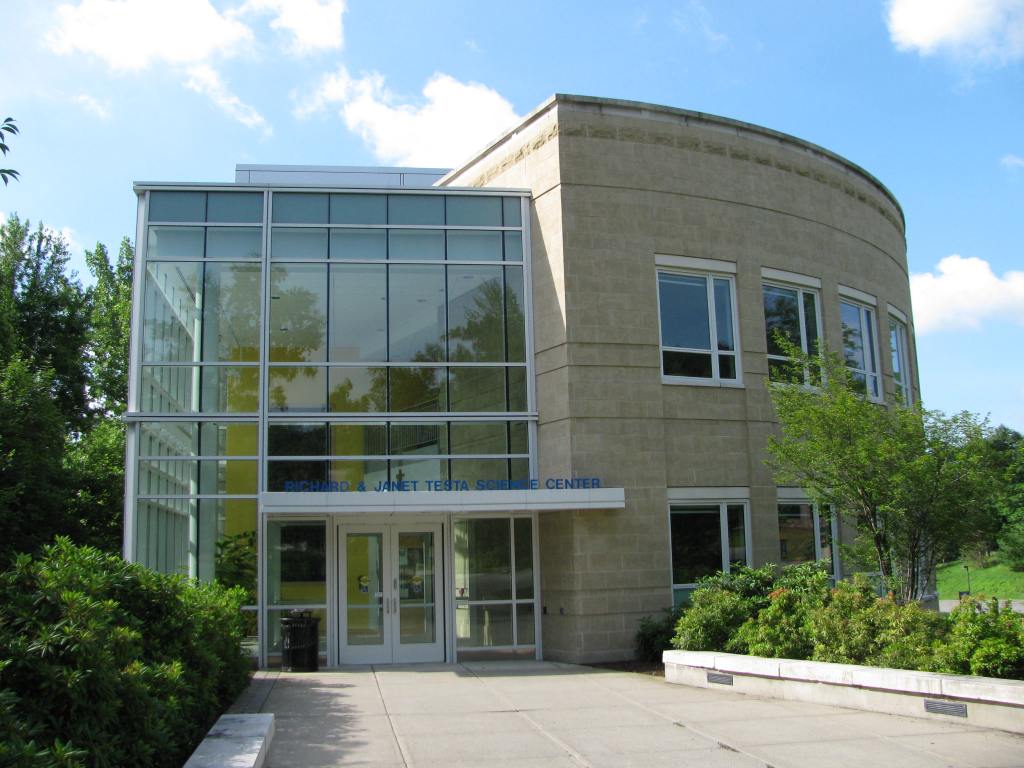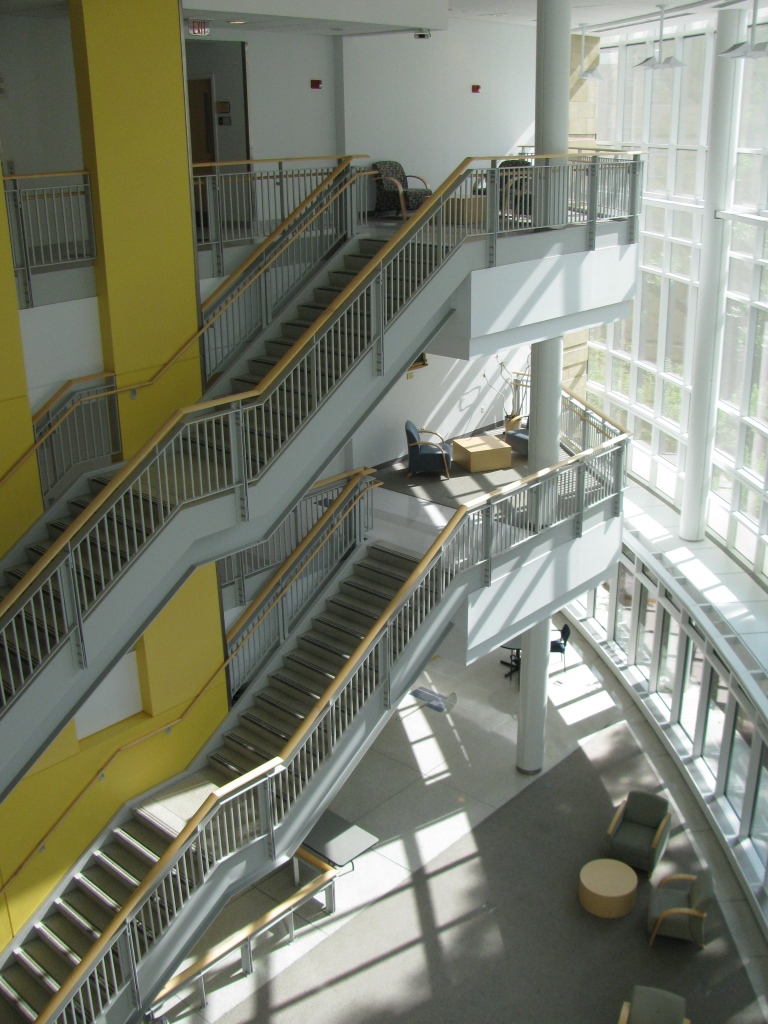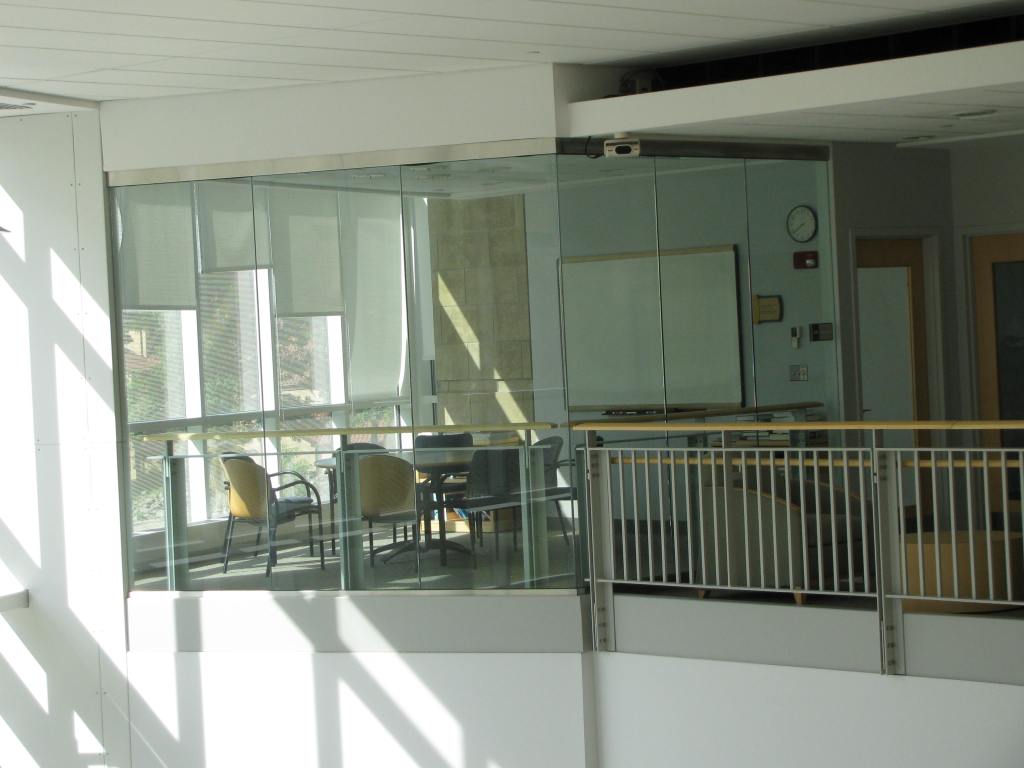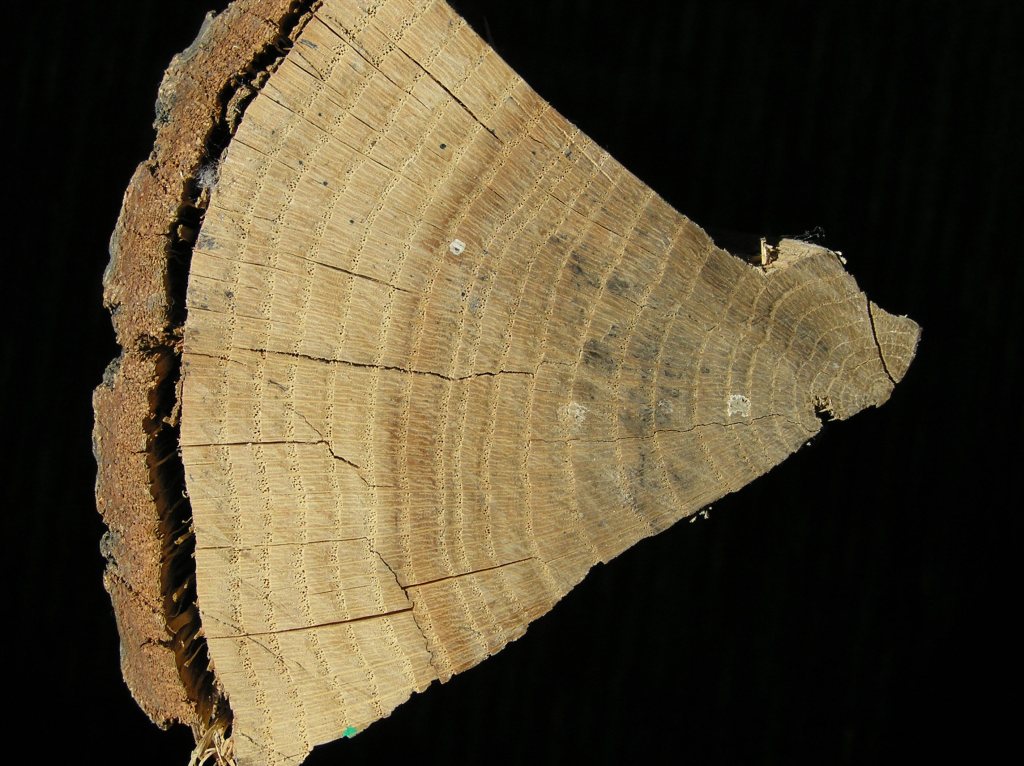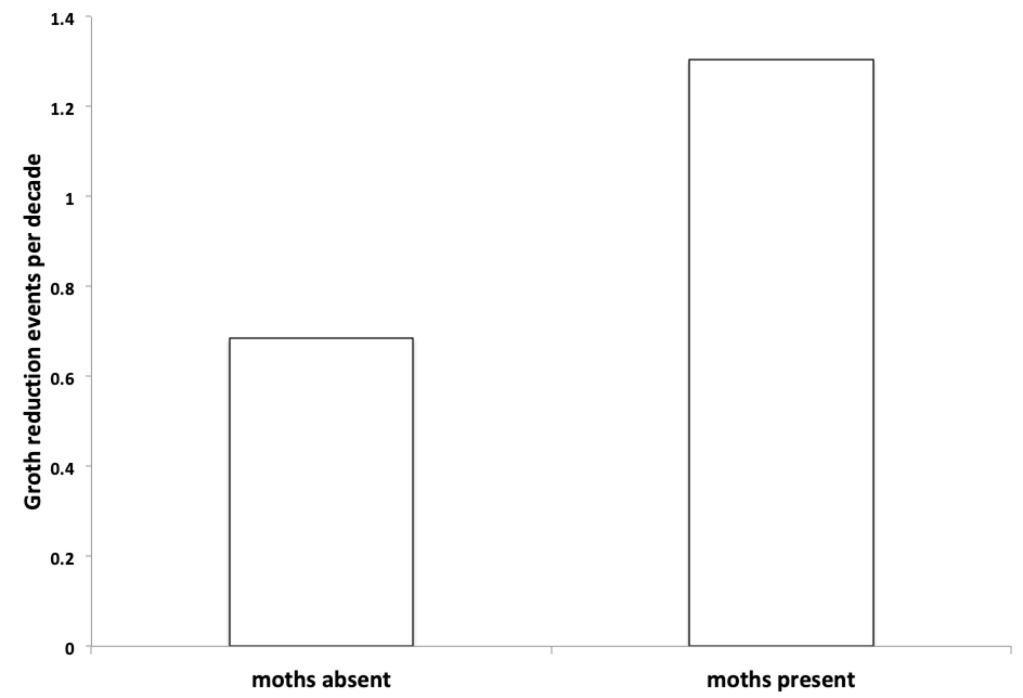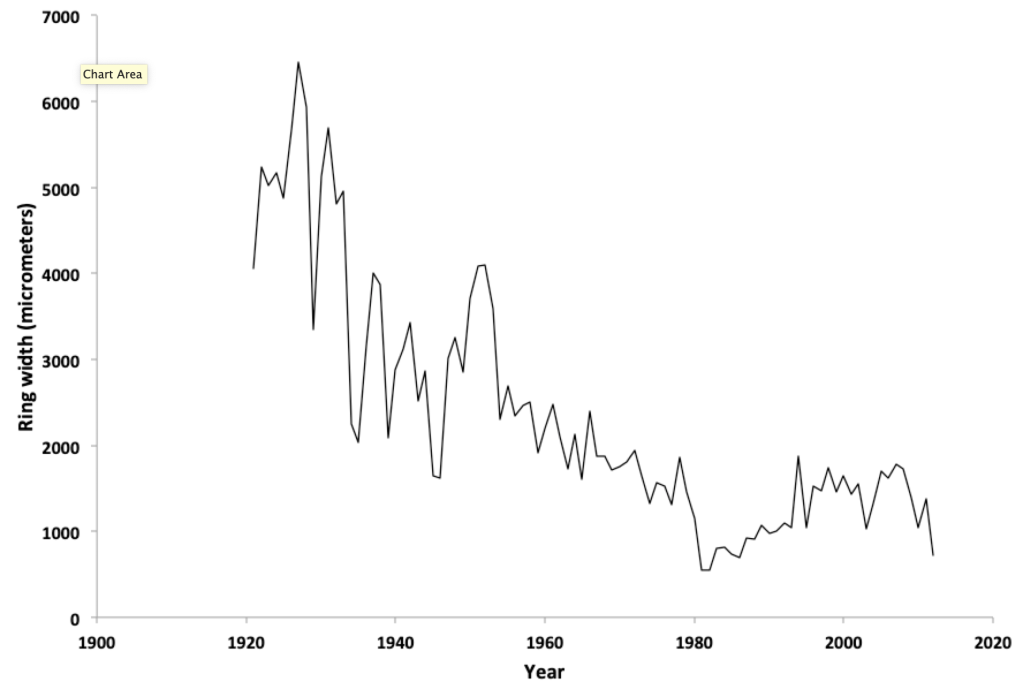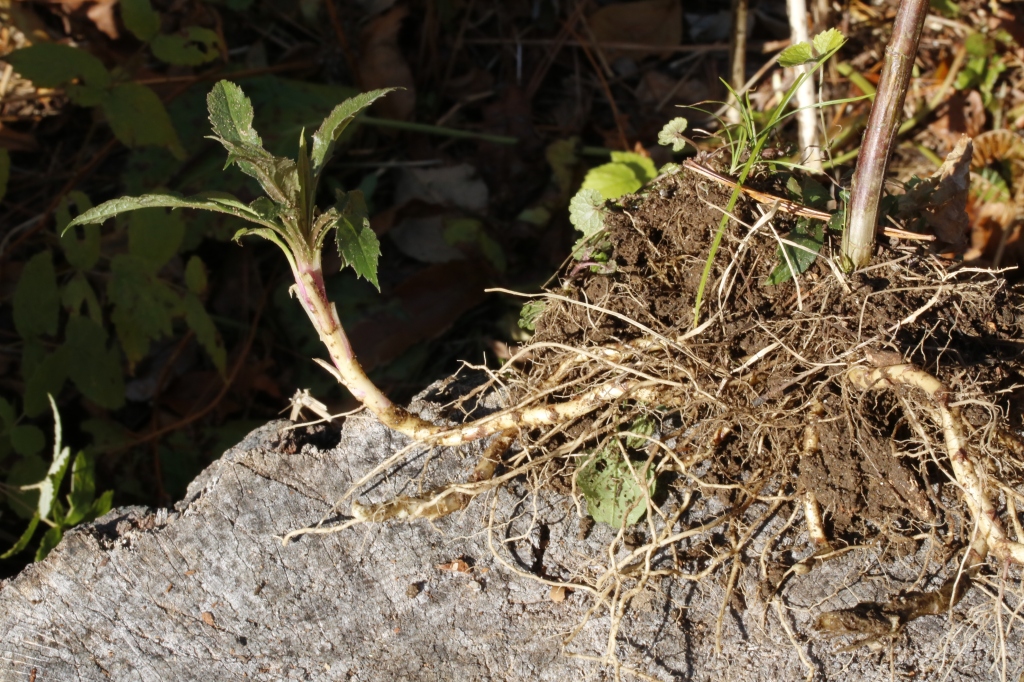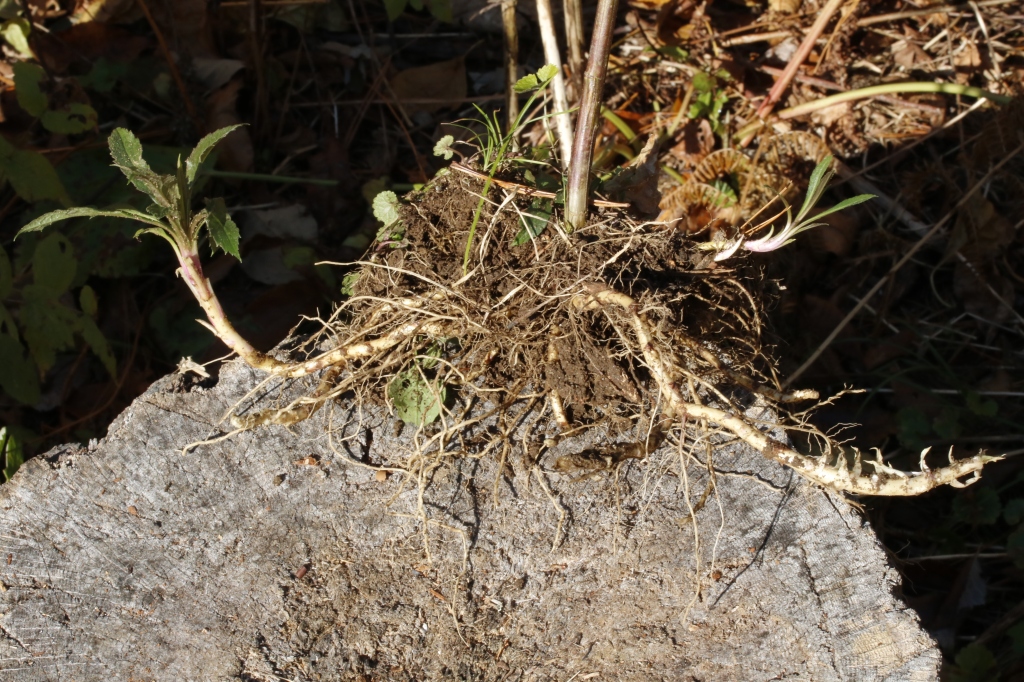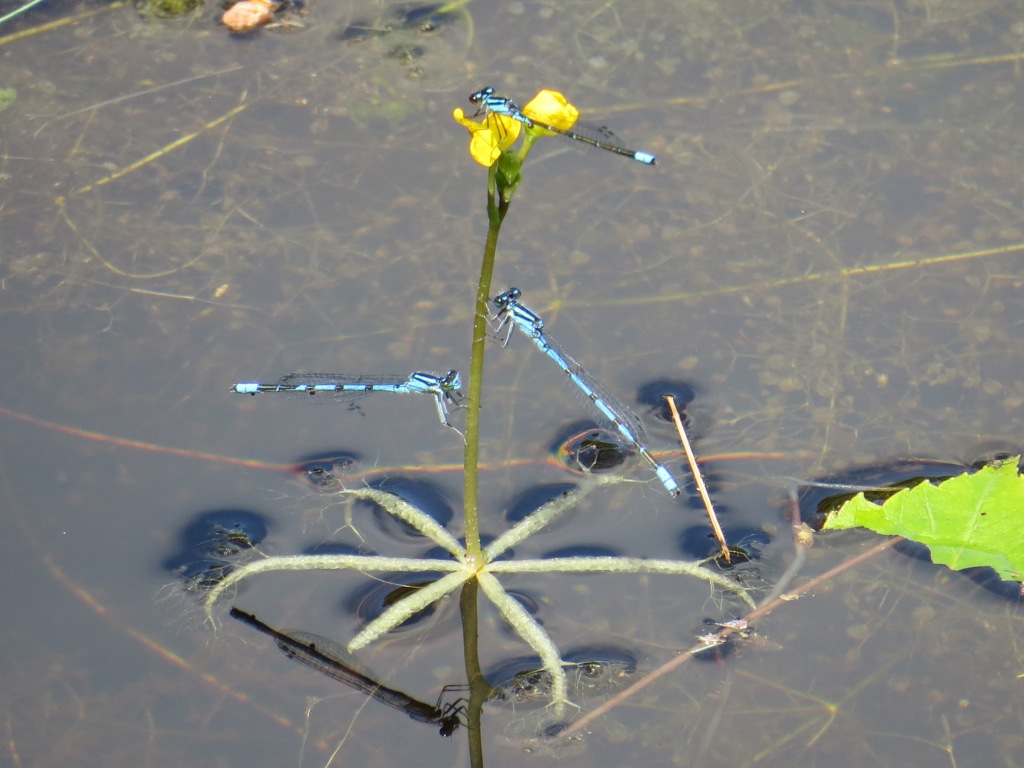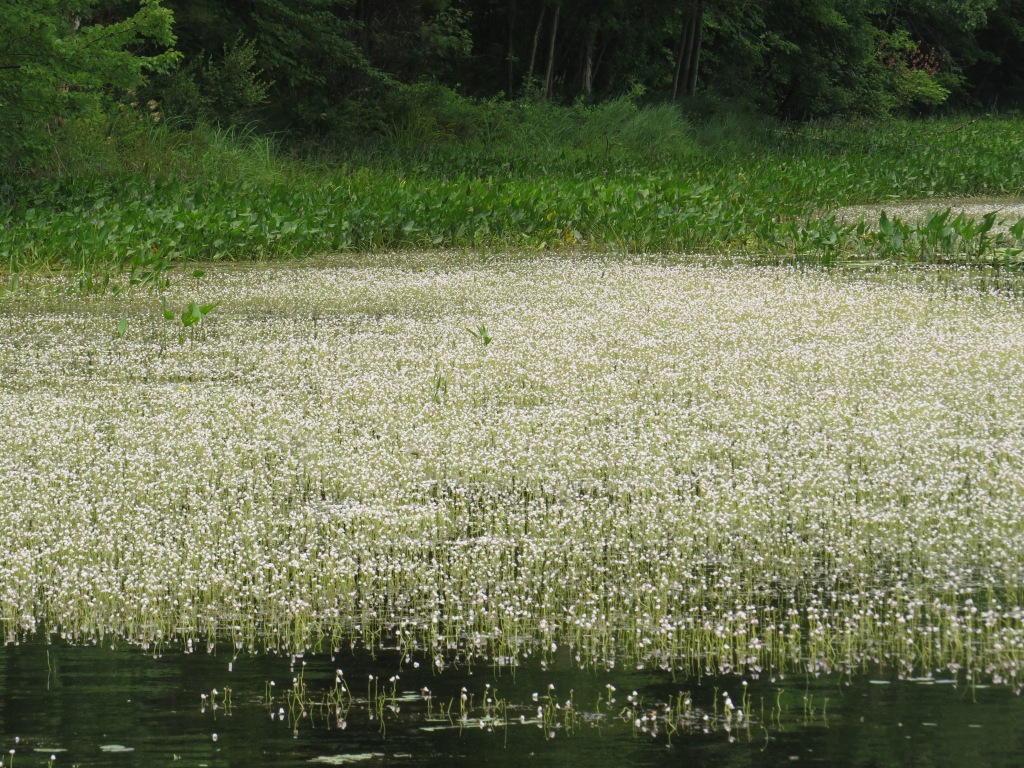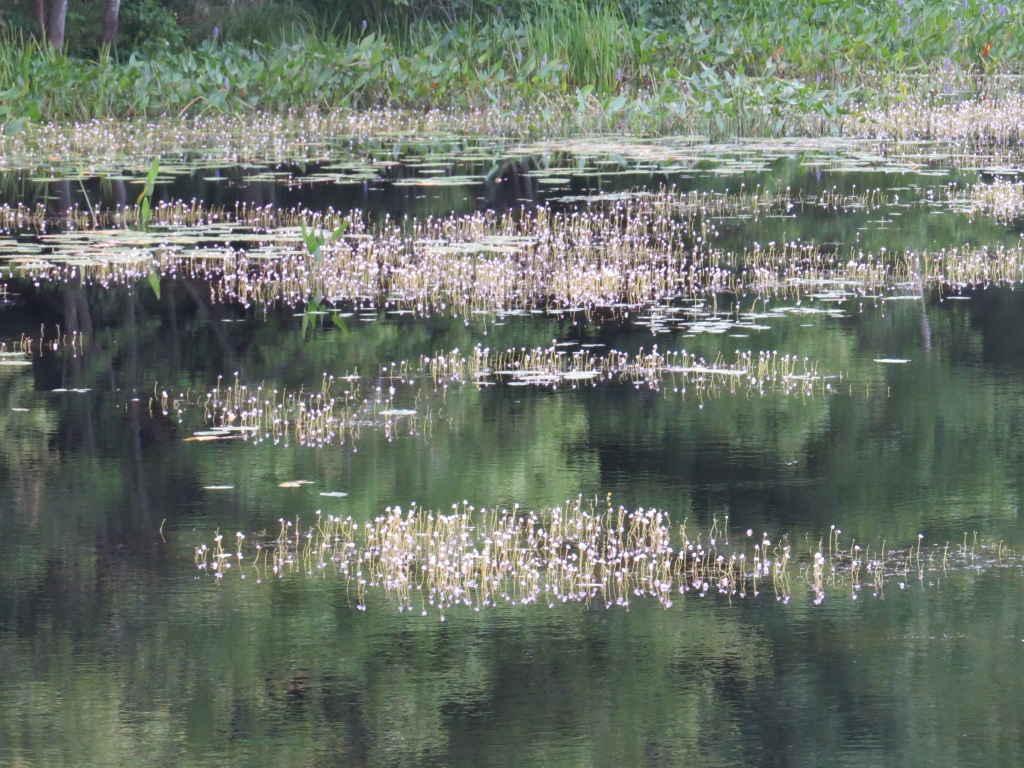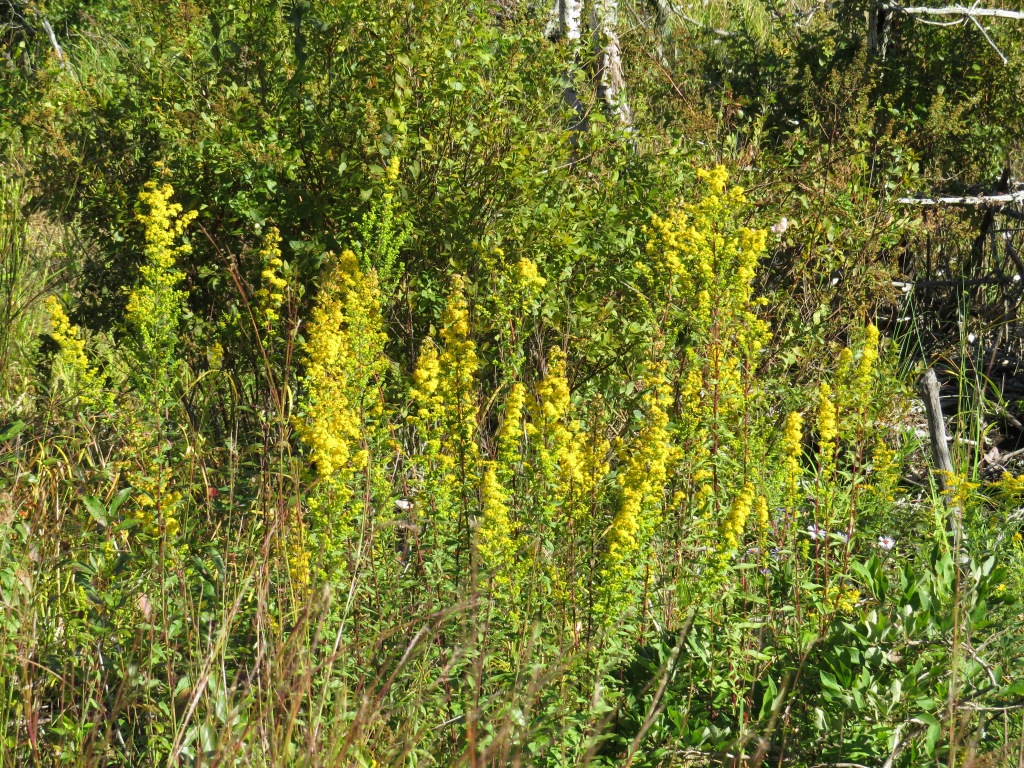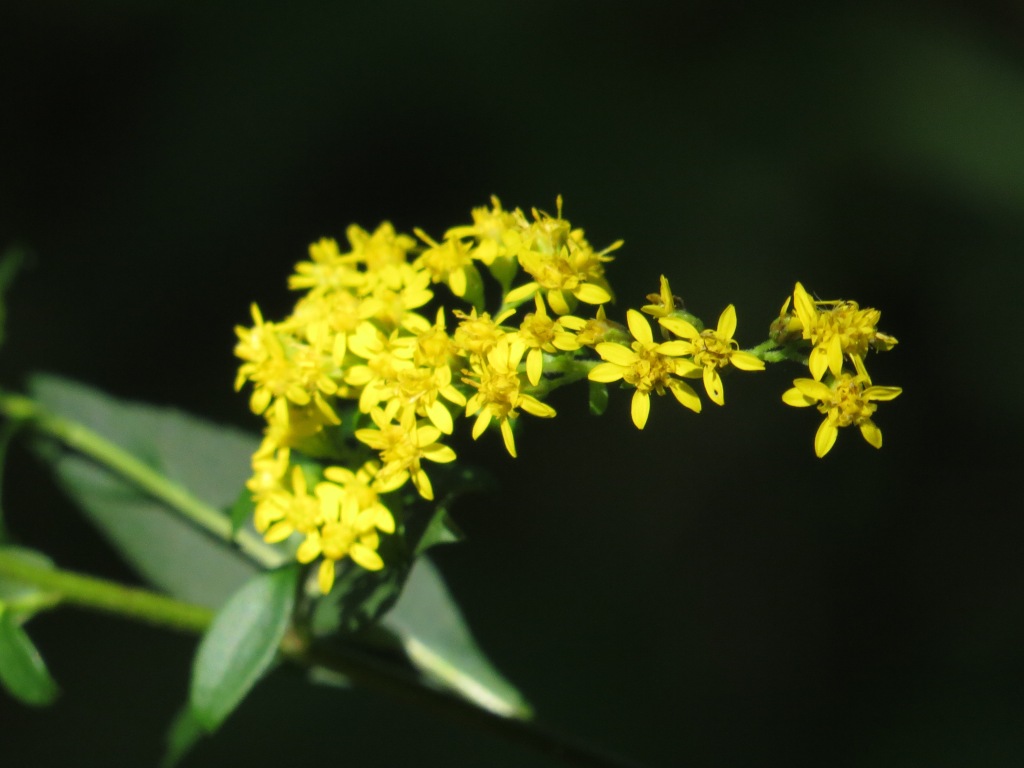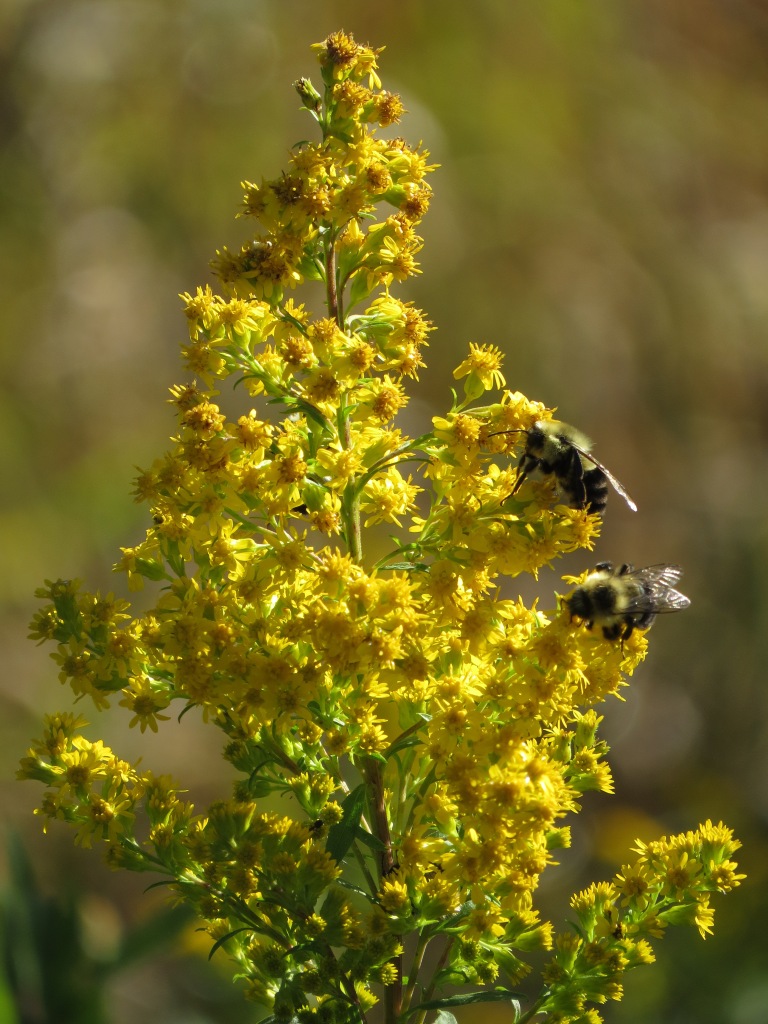
We were three weeks into fieldwork, and I had walked around campus to touch base with each group. They were pursuing projects of their own choice and their own design. Some were struggling, but still able to gather useful data. Some were realizing that they should have done something more, or something different, and now had to decide whether they had time to make the changes.
Then there was the vine project. All four of the women worked well together, and had a clear grasp of what they were doing. Were vines more abundant on trees in the sun than in the shade? Today, they had counted the vines (noting each species of vine) on the periphery of the stand of trees, and in what they defined as the interior. There were a lot more vines on the periphery.
I asked how they distinguished edge from interior, and they said it was kind of obvious to them. I asked how far in did the edge go, and how far in was the interior. They didn’t know, but they said that they could measure the distance to each tree and figure it out.
That was how things went with that group. They would make an observation or a count or a measurement, and share it. I would ask a few questions, and they would immediately figure out how to get more information to answer those questions, and other questions of their own. And they would go back to work. They knew (with my help) what all the trees and vines were, they knew where the trees were, how big they were, and which vines were found on which trees in which location. Were vines more abundant in sunny locations? Absolutely. Did tree size and tree species matter? Yes. Did the species of vines differ in their locations? It was hard to tell, but probably not much, if at all.
Later in the semester, they presented their work to the class, and wrote it up for me to read and grade, and it was all really good. The other groups did ok, but no group, that year, or any other year, did as well as this group. Some came close, but this group was always the best.
They graduated from college and went on to do a variety of things.
Not long after they graduated, I received an issue of the journal Ecology with an article about vines on trees in the southern Appalachians. Exposure to sunlight was a big deal for vines in that region, and I realized that all the work the vine group had done was sufficiently novel to be worthy of publication. I was able to contact all four women by email and ask whether they wanted to pursue publication. They all agreed, but they were busy with their new careers, and not experienced with formal writing for publication. So the task fell to me. Fair enough.
They sent me their notebooks, and I already had a copy of their report, so it didn’t take too long to produce a manuscript. I submitted it to a regional journal with them as first authors and me as last author. One of the reviewers was an author of the southern Appalachian study (she signed her helpful review). Our paper was accepted and published in 1998.
Ten years later, I applied for promotion. As a faculty member at an undergraduate college where teaching is our primary responsibility, I thought that I had accumulated enough publications, two of them with undergraduate coauthors, to qualify for an advancement in rank (as the policy document phrases it). I had done plenty of teaching and plenty of service, so I was reasonably confident that I had met the criteria in all three areas.
But there was a new Provost and a new President, both of whom thought they knew everything there was to know about faculty promotion. Their specialties were not in the natural sciences. Both of them had been Deans at universities before being hired for these new positions. Neither of them had attended, or been employed by, primarily undergraduate institutions. But now they were running our college.
So they decided that I did not deserve promotion because my publication record in particular was not up to snuff.
I asked the President for clarification. He told me to meet with the Provost. I asked to meet with the Provost. I heard nothing. Then, out of the blue, I heard that the President would, after all, meet with me. (I never saw that Provost again.)
In the meeting, the President acknowledged that my service met the standard for promotion. But he was unhappy about some negative comments on my course evaluations, so he concluded that my teaching did not meet the standard. I asked what the standard was for teaching. He repeated that I had too many negative comments.
Then he said that I had not published often enough to meet the standard for promotion. I asked how often faculty were expected to publish. More than I had, he replied.
But then he addressed his real concerns. I did not have enough sole-author publications (that’s how they did it in his field, after all). And publications with undergraduates “did not contribute to the discipline.” At that point, I realized that my appeal was utterly hopeless. He did not understand anything about research in the natural sciences, or about research at an undergraduate institution.
Four years later, under the third Provost to serve that same President, and with a few more small publications, I managed to convince them that I deserved promotion. Six years later, I retired.
But my promotion was less important than the education of the administration. My colleagues and I repeatedly emphasized the value of collaborative research and of engaging undergraduates in various research experiences. Undergraduate research is a worthy goal for faculty at a college, and a valuable experience for our students. Slowly, we convinced those in charge that working with undergraduates did, in fact, “contribute to the discipline.”
Those Provosts left the college years ago, and now, the President has left. We hope that their replacements will recognize and respect the scholarly work of faculty in all disciplines, and the engagement of undergraduate students in that work. It is especially rewarding for everyone involved when the students take ownership of the research. I’m glad that I was able to give students that opportunity while I was a professor.
Our paper:
Jennifer Buron, Danielle Lavigne, Kristine Grote, Rebecca Takis, Owen Sholes. 1998. Association of vines and trees in second-growth forest. Northeastern Naturalist 5: 359-362.
